Feed description:
A Sense of Place: The Molecular Mechanisms That Underlie Spatial Mapping in the Brain - SciTechDaily
8/25/22 at 7:15am

Research in mice illuminates the molecular mechanisms that underlie spatial mapping in the brain Researchers found that a gene called Fos plays a key role in helping the brain use specialized navigation cells to form and maintain spatial maps The findings bri…
Viewed by
You are the first to view
Kummakivi, Finland's Balancing Rock, Seems to Defy the Laws of Physics - HowStuffWorks
8/25/22 at 7:15am
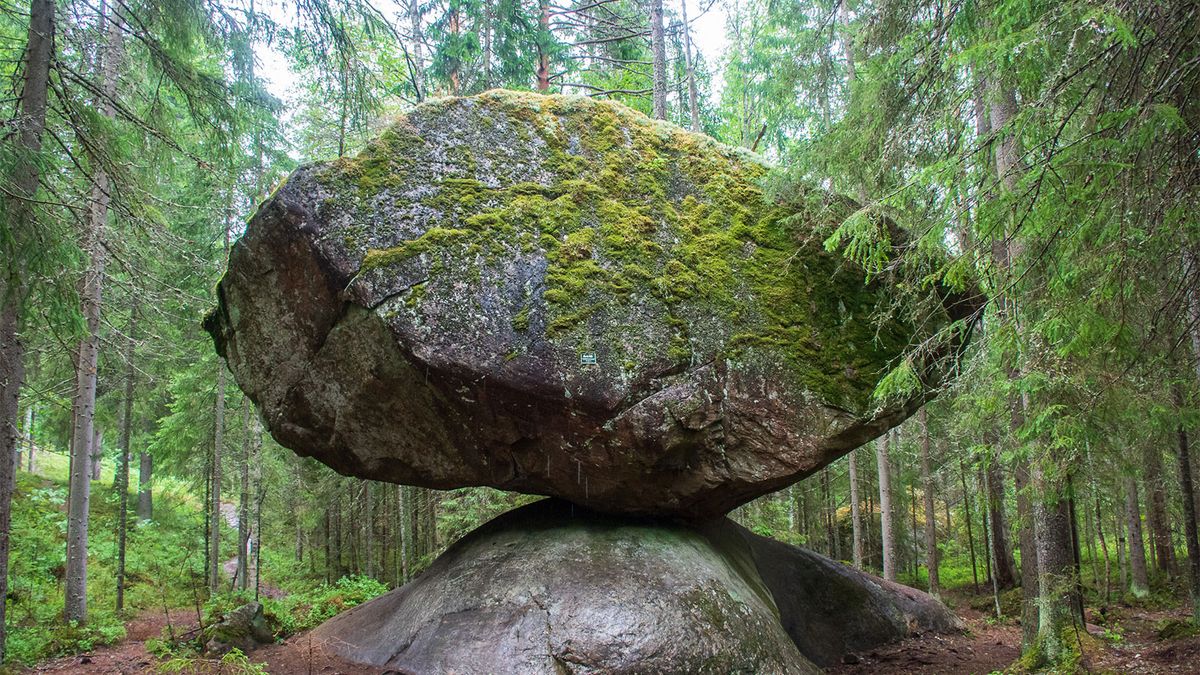
It looks completely impossible that this rock should stand, balanced as it is, but it has not moved since the last ice age.
Viewed by
You are the first to view
Underwater 'snow' could be growing on Jupiter's moon Europa – Physics World - physicsworld.com
8/24/22 at 4:40pm

Study of Antarctic ice could inform missions to explore Europa’s icy ocean
Viewed by
You are the first to view

Your gut microbiome, the community of bacteria living in your digestive system, is not just affected by your diet and environment, but can be influenced by your
Viewed by
You are the first to view
Versatile neutral atoms emerge as an intriguing quantum computing platform - Physics Today
8/24/22 at 4:40pm

<p>When trapped in optical tweezer arrays, atoms with two valence electrons could enable powerful quantum processors and optical clocks.</p>
Viewed by
You are the first to view
Dinosaur roars: What scientists say they actually sounded like - Vox.com
8/24/22 at 4:40pm
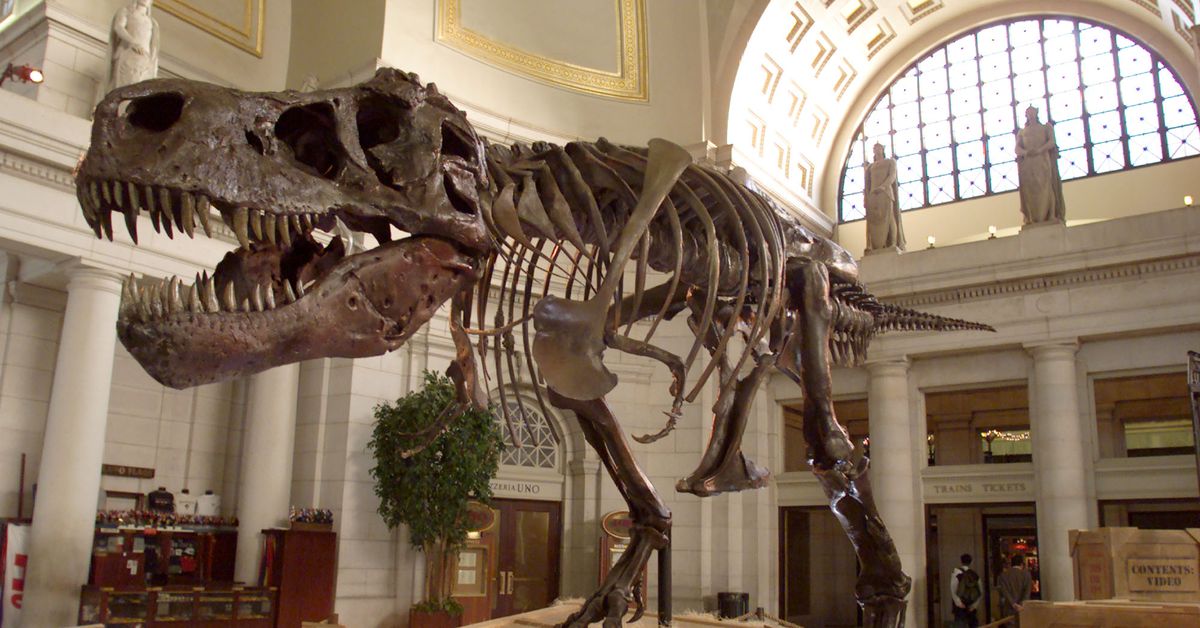
Two tubas, a chicken, and a low-pitched alligator: The weird ways scientists imagine dinosaur voices.
Viewed by
You are the first to view
How Magnets Could Be The Solution To Air In Space - SlashGear
8/24/22 at 4:40pm

A recent study found that magnets can be used to efficiently extract oxygen from water. Here's how that could benefit the future of space exploration.
Viewed by
You are the first to view
Physics expert explains how NASA got sound from a black hole - CNN
8/24/22 at 4:40pm

Have you ever wondered what a black hole sounds like? New audio released by NASA reveals the sound created by the cosmic phenomena. Dr. Michio Kaku, professo...
Viewed by
You are the first to view
MIT chemists develop a wireless electronic lateral flow assay test for biosensing - MIT News
8/24/22 at 4:40pm
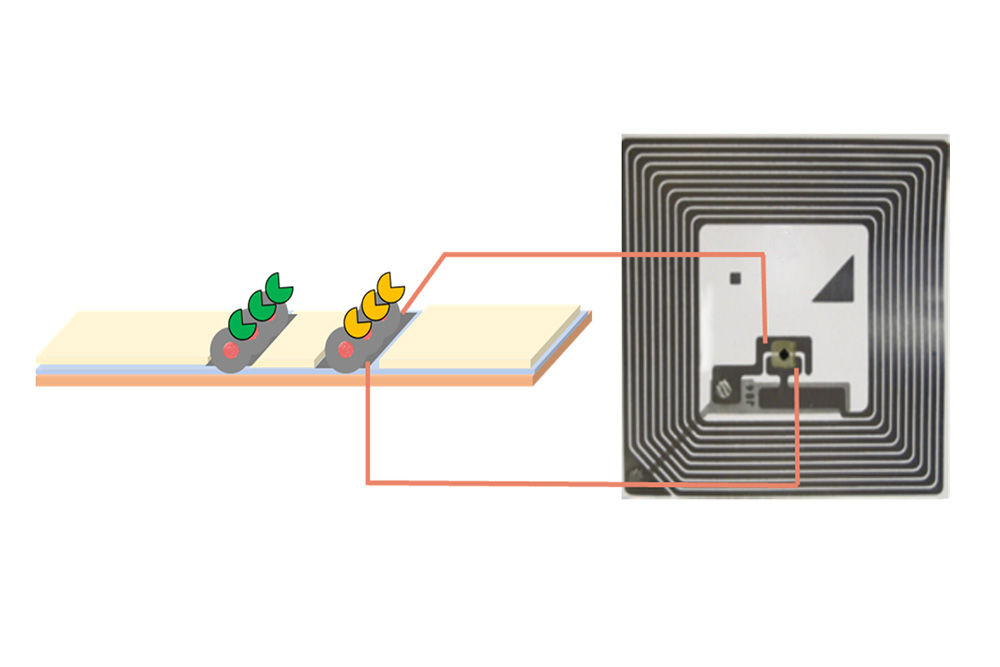
MIT chemists developed a wireless electronic lateral flow assay test for biosensing, The design, from the Swager Lab at MIT, uses electronic polymers, rather than colored lines, to indicate a positive response, enabling quantitative monitoring of biomarkers.
Viewed by
You are the first to view
This One Simple Trick Helps Us Understand How Much Water Is in Martian Lavas - Eos
8/24/22 at 4:40pm

Understanding how much water is in Martian magma is vital for understanding whether the Red Planet had seas in its early history.
Viewed by
You are the first to view
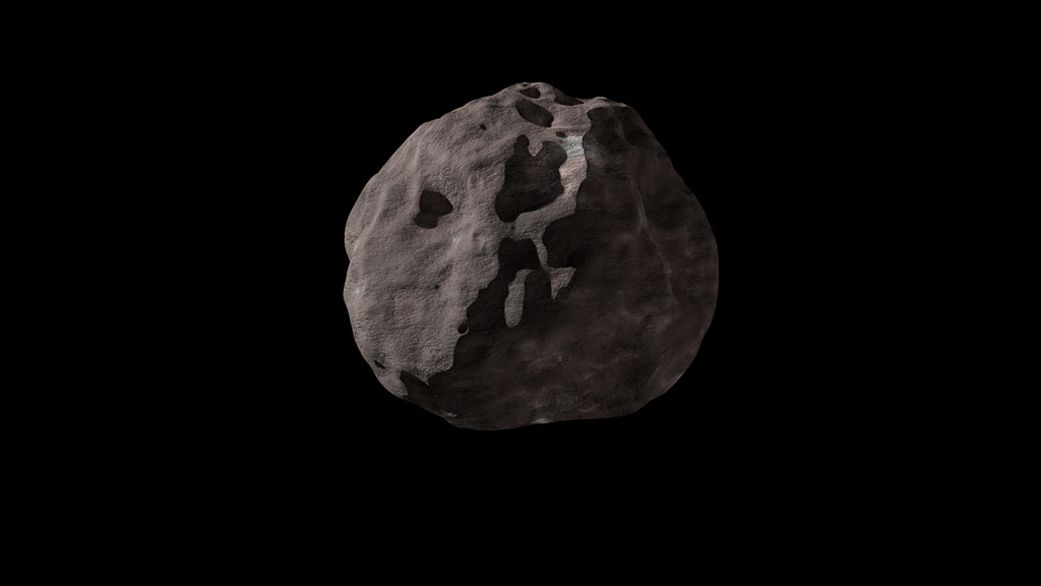
The tiny natural satellite was found orbiting an asteroid.
Viewed by
You are the first to view
The Webb Telescope Must Study This Unique New ‘Water World’ Close To Earth, Say Scientists - Forbes
8/24/22 at 4:40pm

TOI-1452 b is one of the best candidates for an ocean planet that scientists have found to date.
Viewed by
You are the first to view
New study claims the Sun will destroy Mercury, Venus, and Earth – here’s when - BGR
8/24/22 at 4:40pm
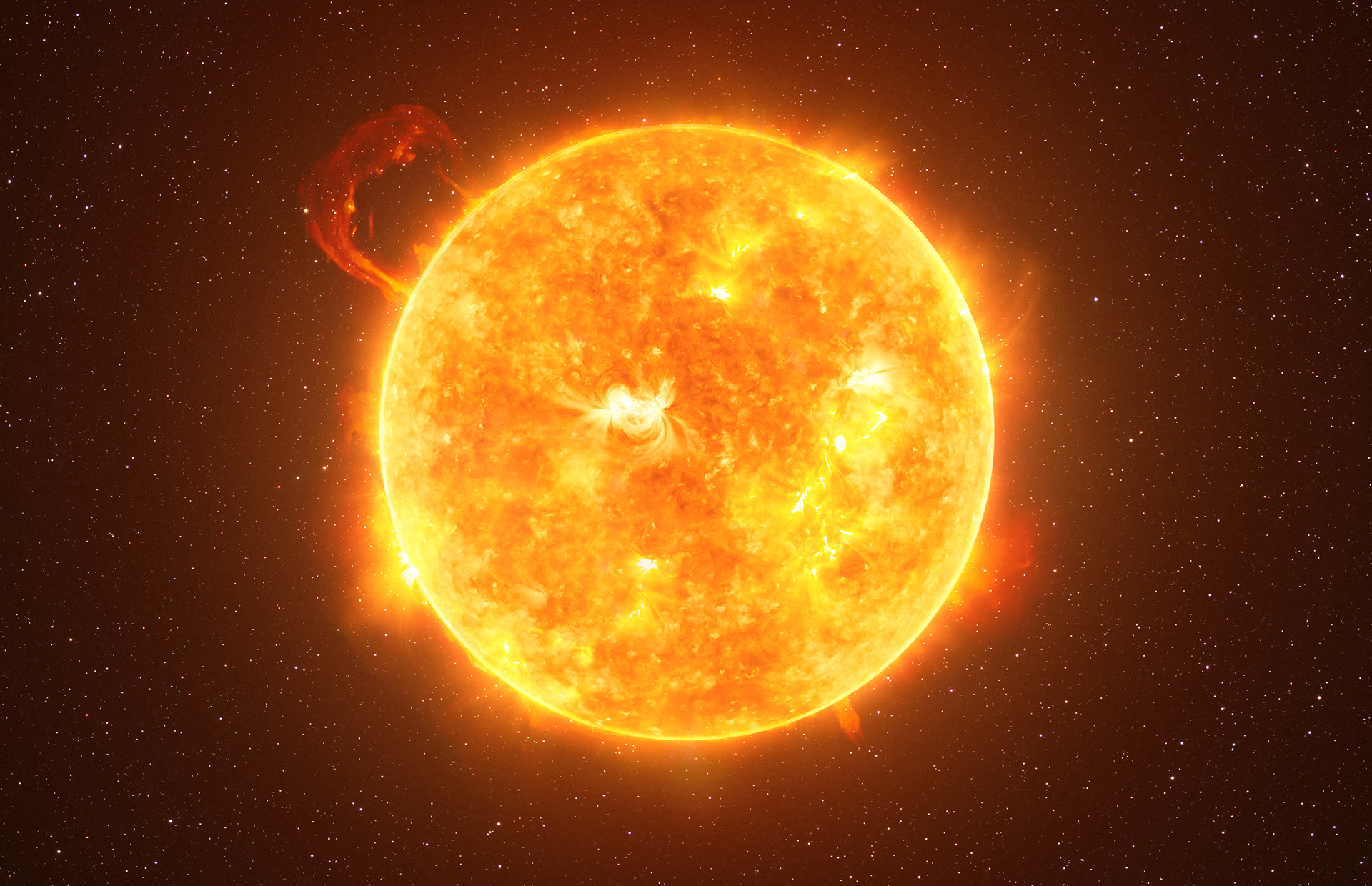
A new study claims that the Sun will destroy the Earth, Mercury, and Venus five billion years from now when it dies.
Viewed by
You are the first to view
Scientists say exoplanet 100 light years from Earth may be covered with deep ocean - UPI News
8/24/22 at 4:40pm

UPI delivers the latest headlines from around the world: Top News, Entertainment, Health, Business, Science and Sports News - United Press International
Viewed by
You are the first to view
Negotiations are underway to avoid conflict and damage to spacecraft between international moon missions - Phys.org
8/24/22 at 4:40pm

It's been 50 years since humans last visited the moon, and even robotic missions have been few and far between. But the Earth's only natural satellite is about to get crowded.
Viewed by
You are the first to view
How to watch the Artemis I mission lift off to the moon - News-Daily.com
8/24/22 at 4:40pm

For the first time in 50 years, a spacecraft is preparing to launch on a journey to the moon.
Viewed by
You are the first to view
Evolutionary analysis of swimming speed in early vertebrates challenges the 'New Head Hypothesis' | Communications Biology - Nature.com
8/24/22 at 4:40pm
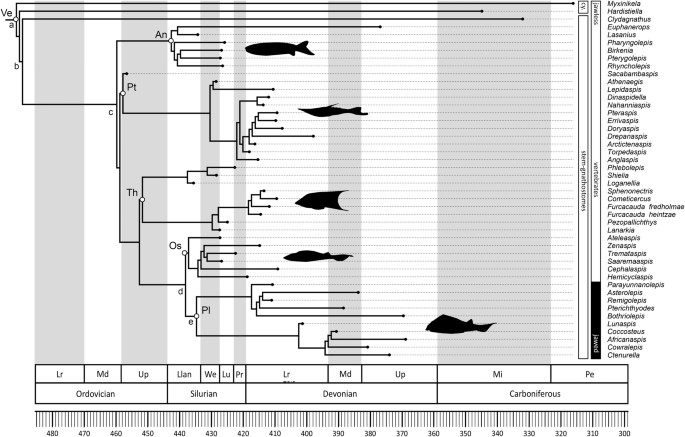
Modelling swim speed based on fin morphology in early vertebrates highlights complex evolutionary patterns in Palaeozoic marine ecosystems.
Viewed by
You are the first to view
Lana Doroshevich Kept Her Summer Cool With Quantum Computers - Columbia University
8/24/22 at 4:40pm
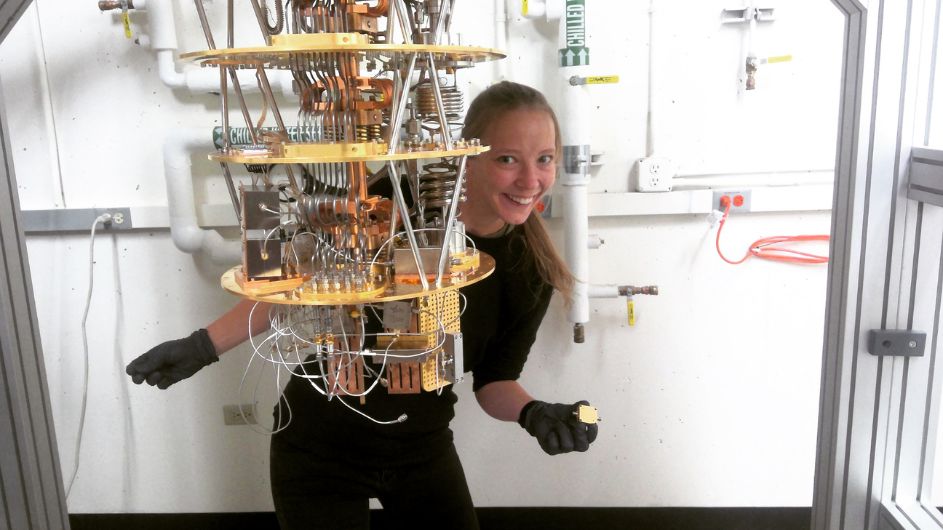
This GS’23 student did research in a quantum lab in Colorado for her summer internship.
Viewed by
You are the first to view
Save 52% on the Phrozen Sonic Mini resin 3D printer, down to just $129.99 - Space.com
8/24/22 at 4:40pm

Grab this space-saving 3d printer for just $129.99 for a limited time - it's ideal for creating small parts and models.
Viewed by
You are the first to view
Sound of a black hole | NASA AUDIO - 11Alive
8/24/22 at 4:40pm

NASA shared a 34-second clip of the Perseus Galaxy cluster, which is about 240 million light years away from Earth.Scientists say the black hole sends out pr...
Viewed by
You are the first to view
Automatic registration of urban high-resolution remote sensing images based on characteristic spatial objects | Scientific Reports - Nature.com
8/24/22 at 4:40pm
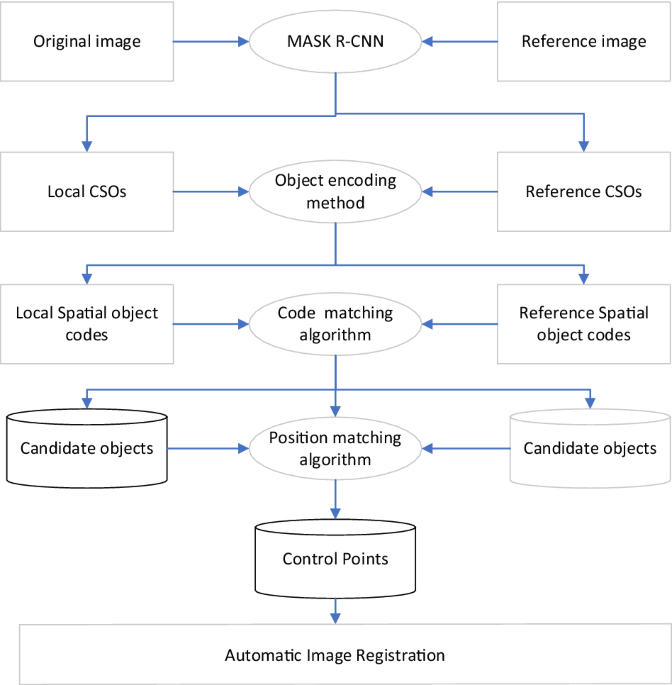
Scientific Reports - Automatic registration of urban high-resolution remote sensing images based on characteristic spatial objects
Viewed by
You are the first to view
Honeybees ultra-connected by their microbiome - Phys.org
8/24/22 at 4:40pm

Some insects (e.g., ants and some bees) live in intricately structured societies or colonies. Their colonies can comprise thousands of individuals specialized on different tasks. Most individuals are sterile, devoting their lives to colony tasks such as colle…
Viewed by
You are the first to view
The Shape of Pits on the Moon - Eos
8/24/22 at 4:40pm

Three-dimensional reconstructions enable virtual exploration of pits on the Moon.
Viewed by
You are the first to view
Scientists have traced Earth's path through the galaxy via tiny crystals found in its crust - Phys.org
8/24/22 at 4:40pm

"To see a world in a grain of sand," the opening sentence of the poem by William Blake, is an oft-used phrase that also captures some of what geologists do.
Viewed by
You are the first to view
Amplifying the radiation of molecules after excitation to improve molecular laser spectroscopy - Phys.org
8/24/22 at 4:40pm

Sensitive animal noses can sniff out trace particles, such as volatile organic compounds, in the ambient air. Humans, on the other hand, are developing innovative technologies for this purpose, such as optical spectroscopy. This uses laser light to detect the…
Viewed by
You are the first to view